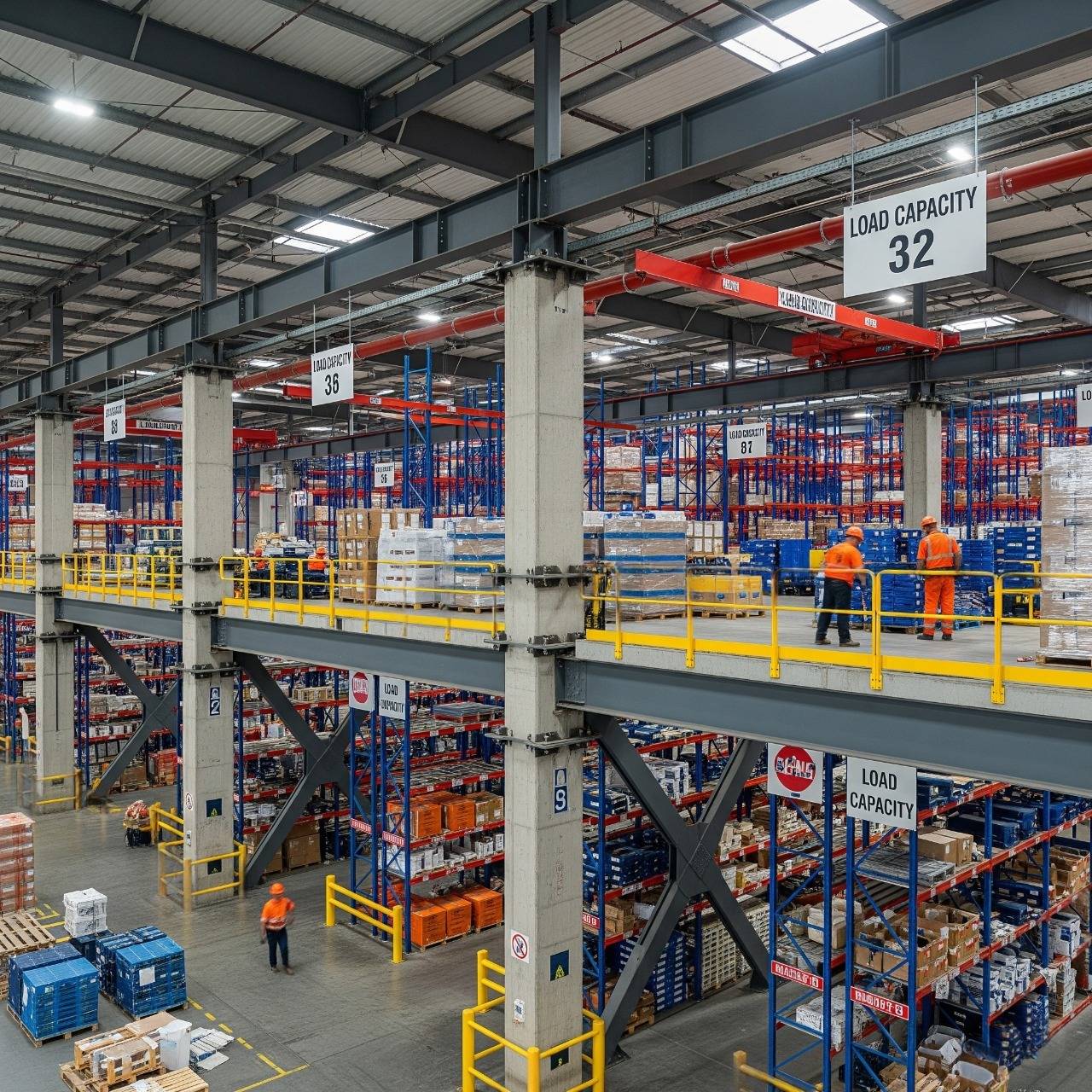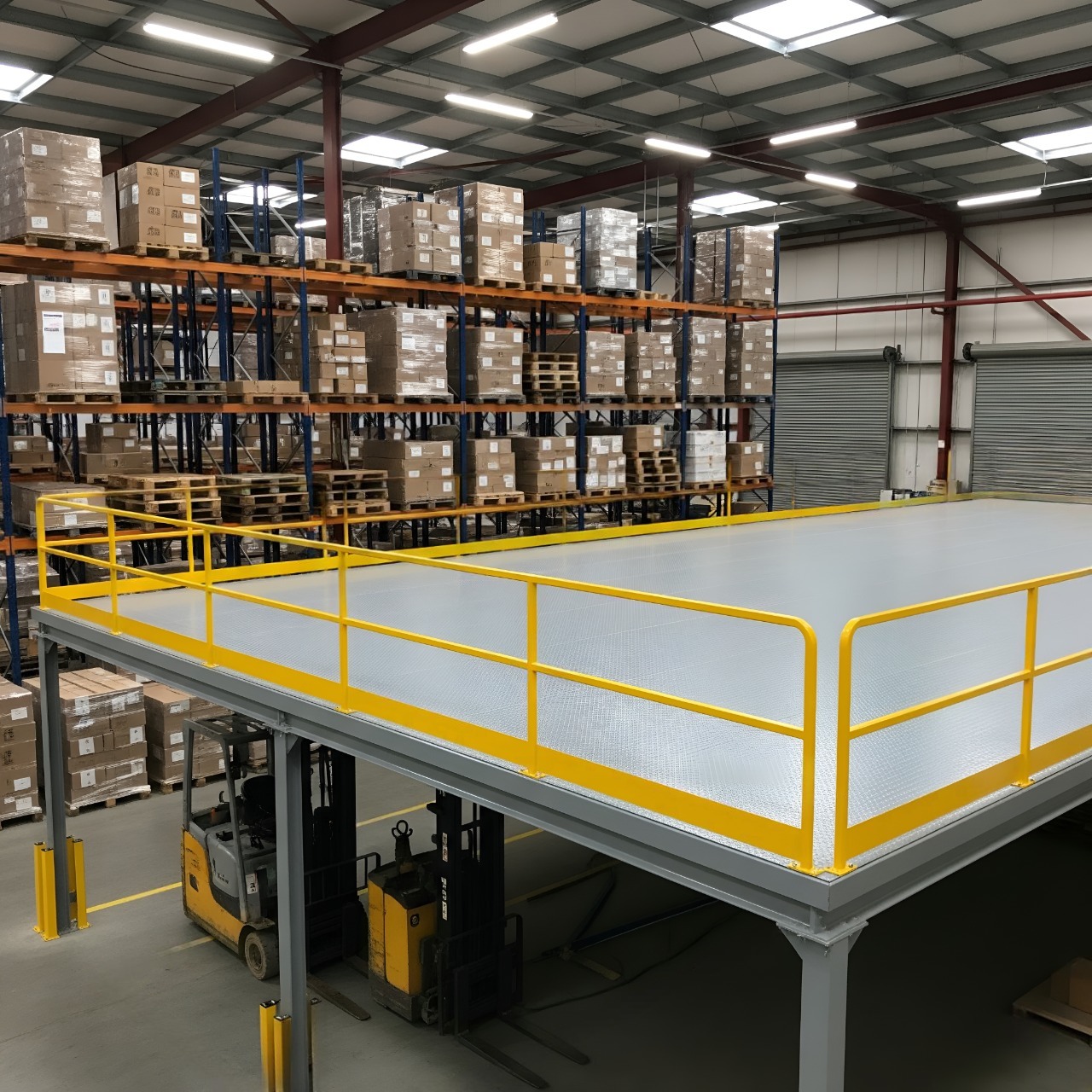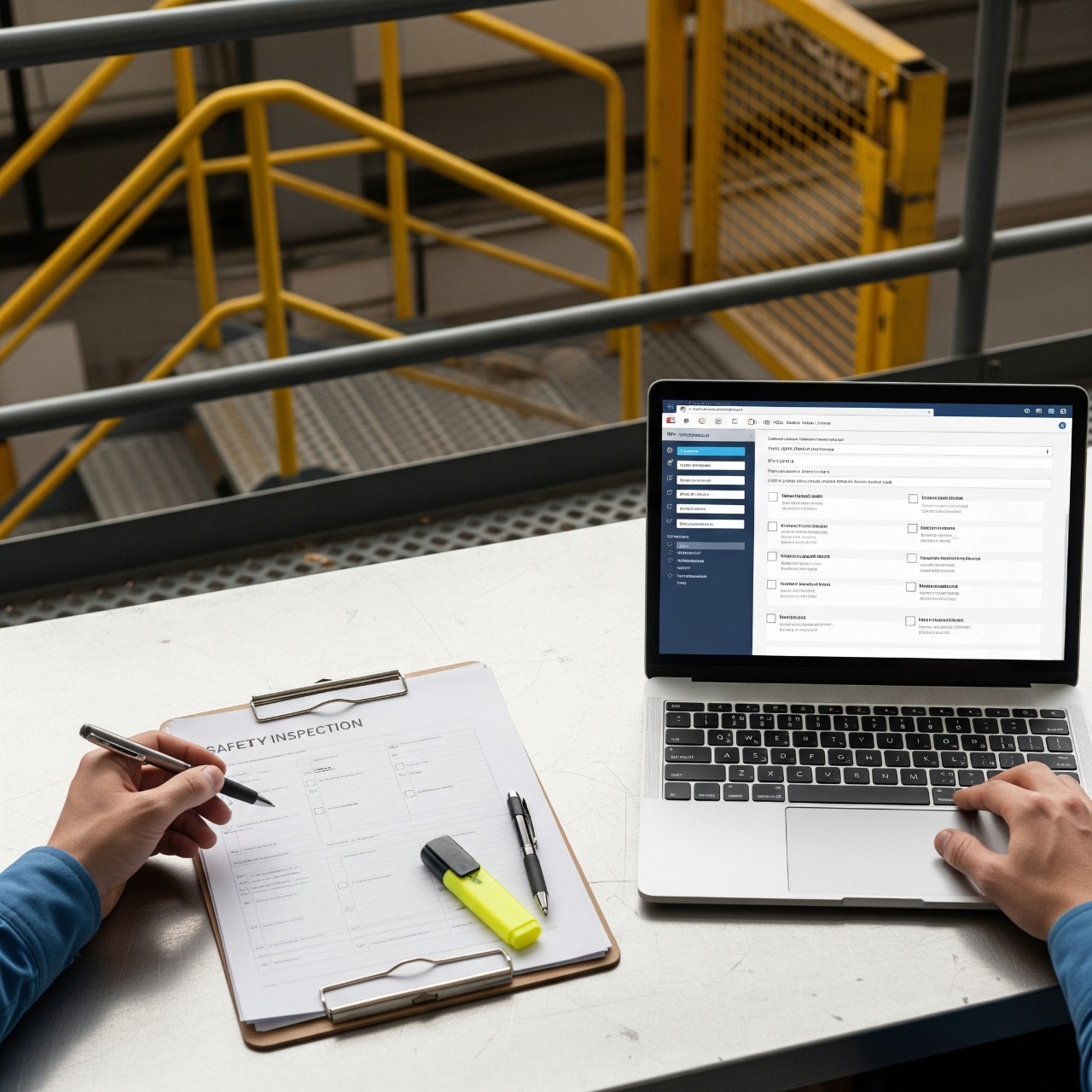Load-Bearing 101: What Every Mezzanine Owner Should Know

A mezzanine is more than just an upper level — it’s a structural platform designed to carry weight, support activity, and expand usable space without requiring a full new floor. Whether you’re planning to use a mezzanine for storage, office work, equipment, or even foot traffic, understanding the basics of load-bearing is essential for safety, longevity, and legal peace of mind.
This guide breaks down what every mezzanine owner — or future owner — should know about how their elevated platform holds up under pressure.
Why Load-Bearing Matters
Think of a mezzanine like a bridge. It’s suspended within a building, held up by its frame, columns, and floor system. Every item added to that structure — people, furniture, storage racks, or machinery — adds weight. The key is ensuring that the total load never exceeds what the mezzanine was designed to handle.
Types of Loads You Need to Consider
There are two major types of load every mezzanine must account for:
- Static Load
This refers to the weight of objects that remain relatively fixed, such as shelving, equipment, or stored goods. It’s the consistent pressure on the mezzanine at any given time. - Dynamic (or Live) Load
This includes weight from moving objects — like people walking, carts rolling, or goods being added and removed. Dynamic loads are variable and often unpredictable, so extra safety margins are built into the design to accommodate them.
Some mezzanines also need to factor in point loads, which are concentrated weights from heavy items (e.g., pallet stacks or safes), and distributed loads, which spread out over the floor (like rows of desks or file cabinets).
What’s the Standard Load Capacity?
Most commercial mezzanines are engineered to support 125–150 pounds per square foot (psf) — enough for typical office or light storage use. However, mezzanines used in industrial or warehouse environments often need to handle significantly more — sometimes up to 250 psf or higher — especially if heavy pallets, racking systems, or forklifts are involved (though forklifts typically don’t operate on mezzanines).
That’s why it’s critical to match your mezzanine’s load capacity to its intended use — not just its appearance.
Signs Your Mezzanine May Be Overloaded
Even if you’re not an engineer, you can watch for red flags that suggest your mezzanine might be carrying more than it should:
- Creaking or shifting noises under load
- Noticeable bending or warping in beams or floor panels
- Cracks in support columns or walls near connection points
- Uneven flooring or “bounce” underfoot
If you see any of these, don’t wait — bring in a qualified structural specialist for a load review.
Can You Increase the Load Capacity Later?
Yes, in many cases mezzanine floors can be reinforced or modified to support heavier loads. This could involve:
- Adding extra support columns
- Replacing or strengthening joists and beams
- Upgrading the decking material
- Installing new footings or foundation supports
However, modifications should always be engineered professionally — retrofitting without proper calculation could make things worse, not better.
Conclusion: Build Smart, Load Safely
Whether you’re planning a new installation or evaluating an existing structure, make load capacity a top priority. The safety of your elevated space depends on it. Have questions about mezzanine load limits? Get in touch — our experts are here to help.




